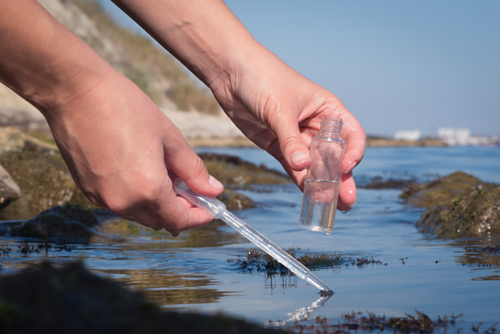The US EPA Office of Water is encouraging laboratories, regulatory authorities, and other interested parties to review the draft method contained below.
The US EPA’s Office of Water, in partnership with the US Department of Defense’s (DoD) Strategic Environmental Research and Development Program, has published a draft method, single-laboratory validated method to test for 40 PFAS compounds in wastewater, surface water, groundwater, soil, biosolids, sediment, landfill leachate, and fish tissue.
This method is the first that covers matrices other than drinking water viz US EPA Methods 537.1 and 533 and is an isotope dilution liquid chromatography tandem mass spectrometry (LC-MS/MS) method that is the gold standard for PFAS determination. The extended range of PFAS are designed to cover traditional perfluoroalkyl acids (PFAAs), fluorotelomer sulfonic acids, perfluorooctane sulfonamides, perfluorooctane sulfonamidoacetic acids and perfluorooctane sulfonamide ethanols. Additionally the replacement per- and polyfluoroether carboxylic acids such as GenX & ADONA as well as ether sulfonic acids (F53B) and fluorotelomer carboxylic acids that have been shown to be the major PFAS found in landfill leachates. This expanded list is more suitable to the wider environmental surveillance rather than fire-fighting training areas traditionally investigated.
The 1633 method requires the addition of twenty-four extracted internal standards (EIS) prior to any sample treatment as well as seven non extracted internal standards (NIS) added just prior to analysis using LC-MS/MS. All these standards are isotopically labelled which enable recovery correction as well as to assess any bias from either signal enhancement or suppression of the PFAS compounds during extraction and ionisation processes.
